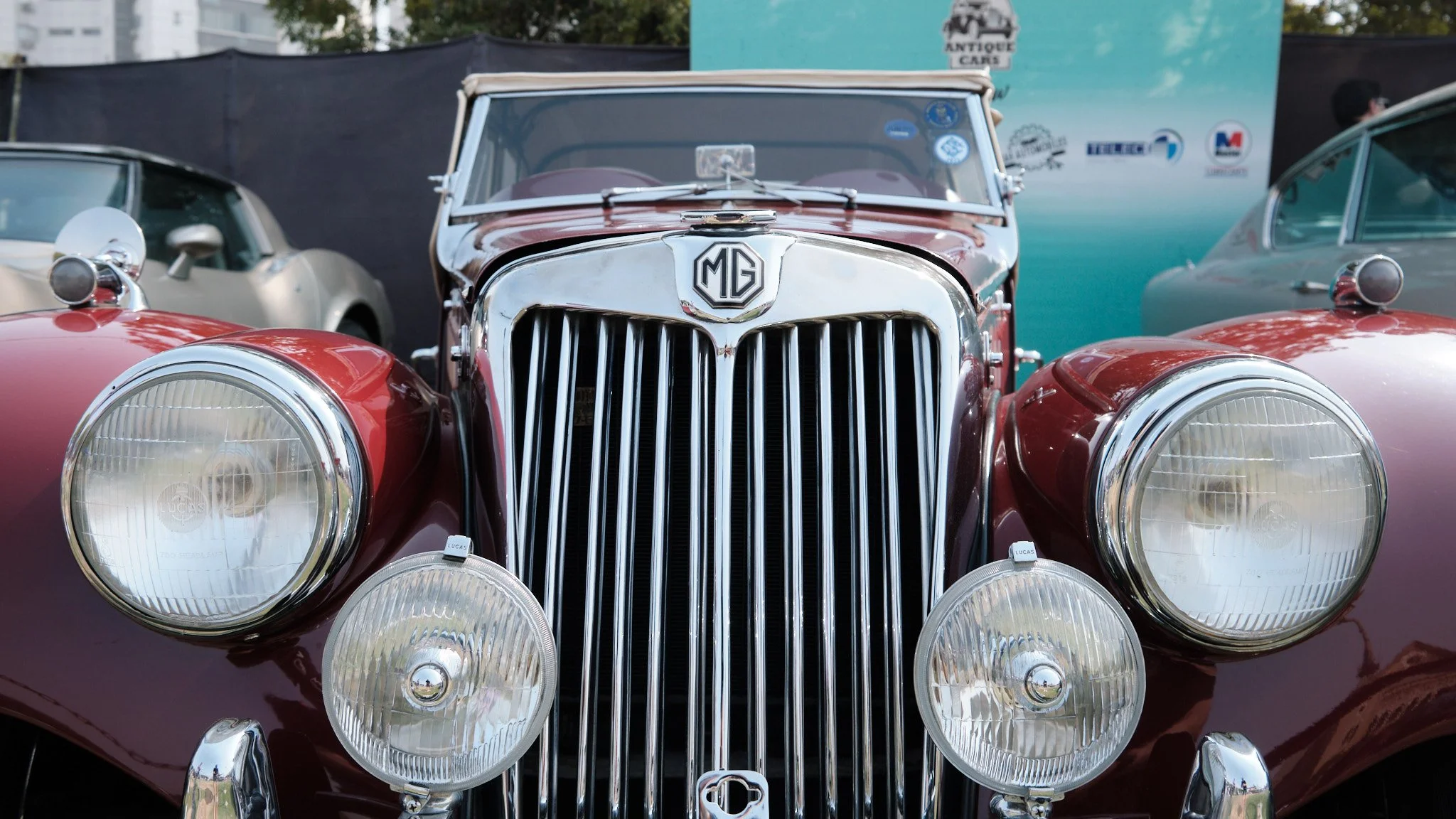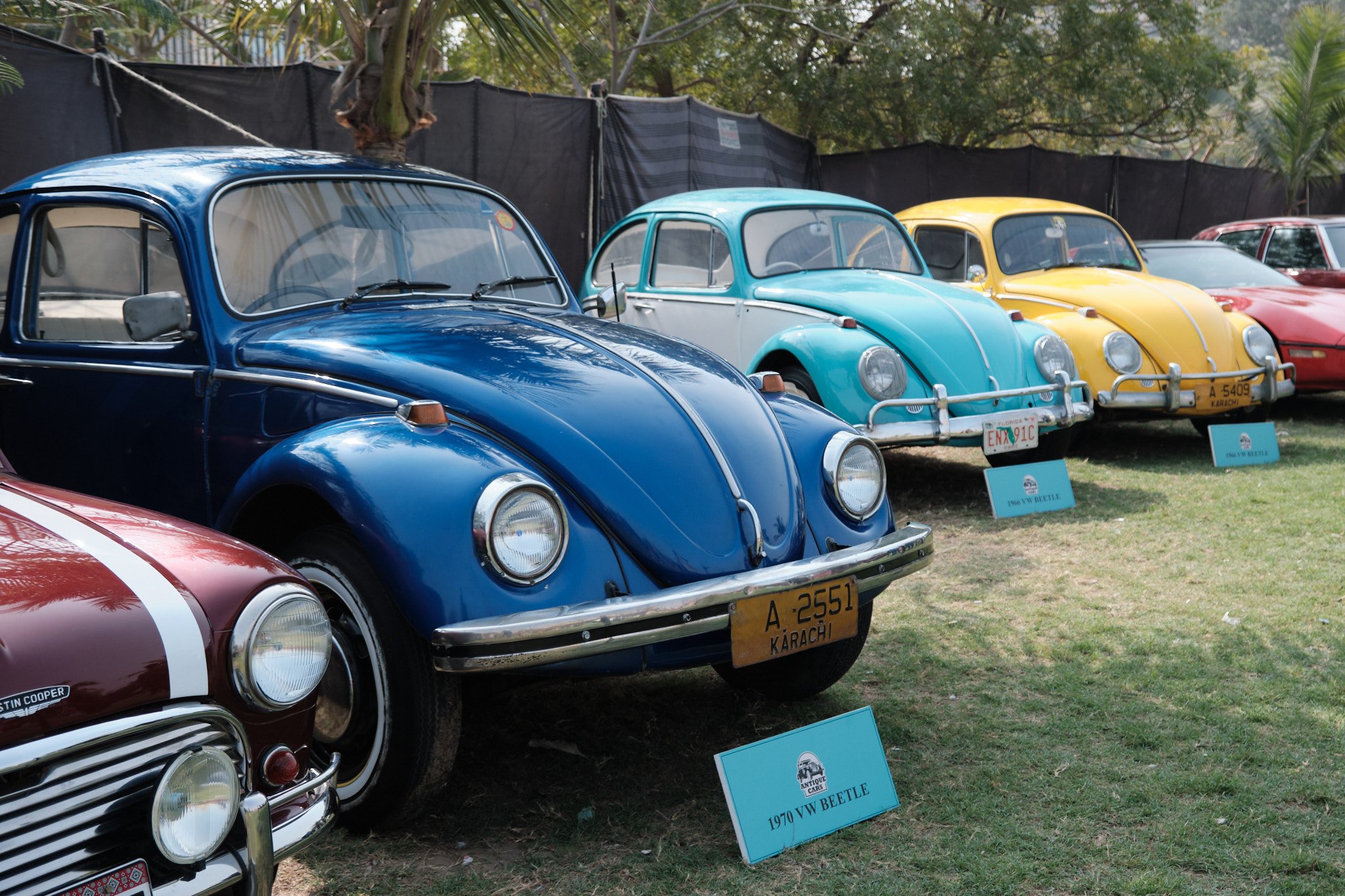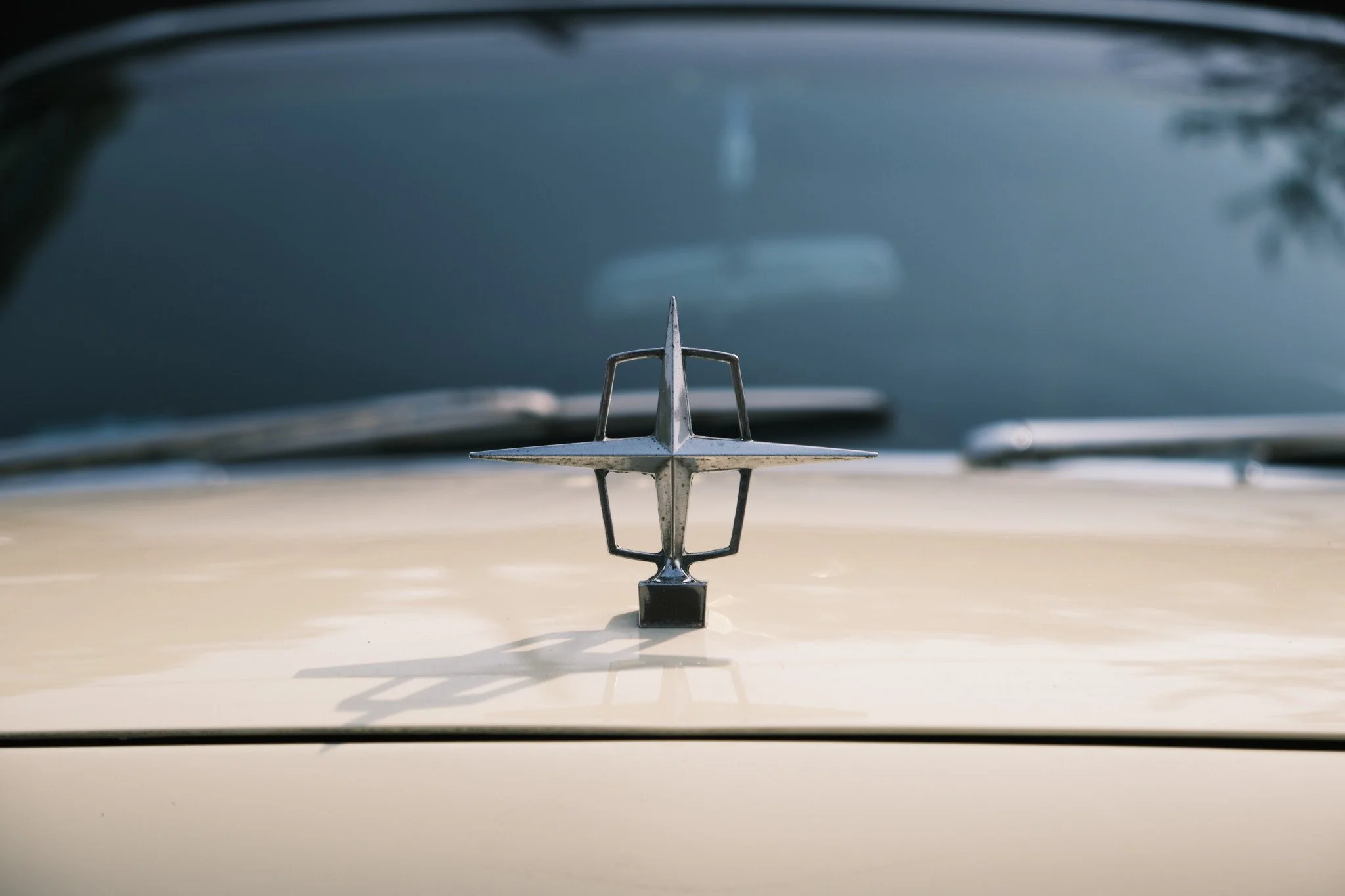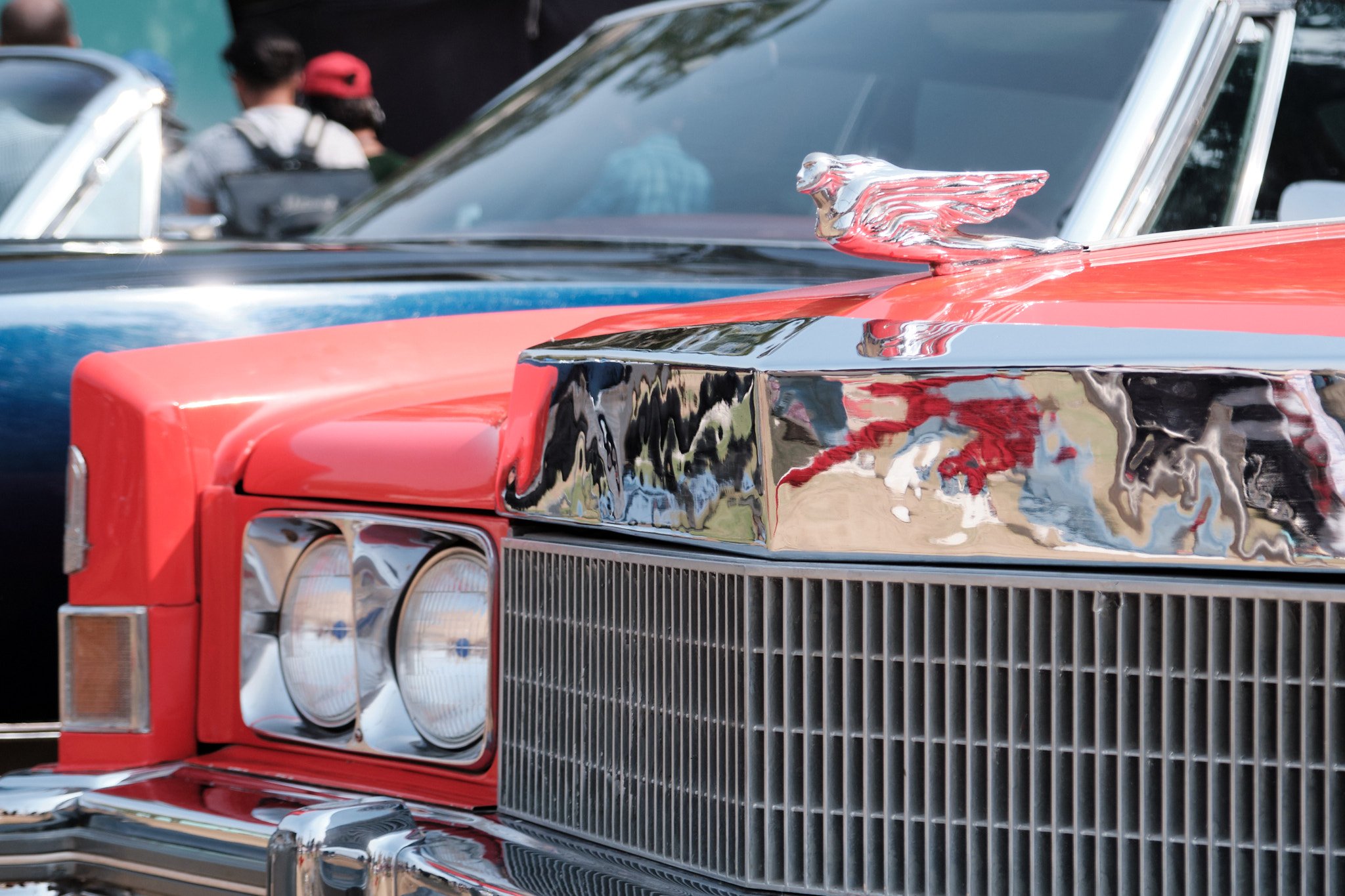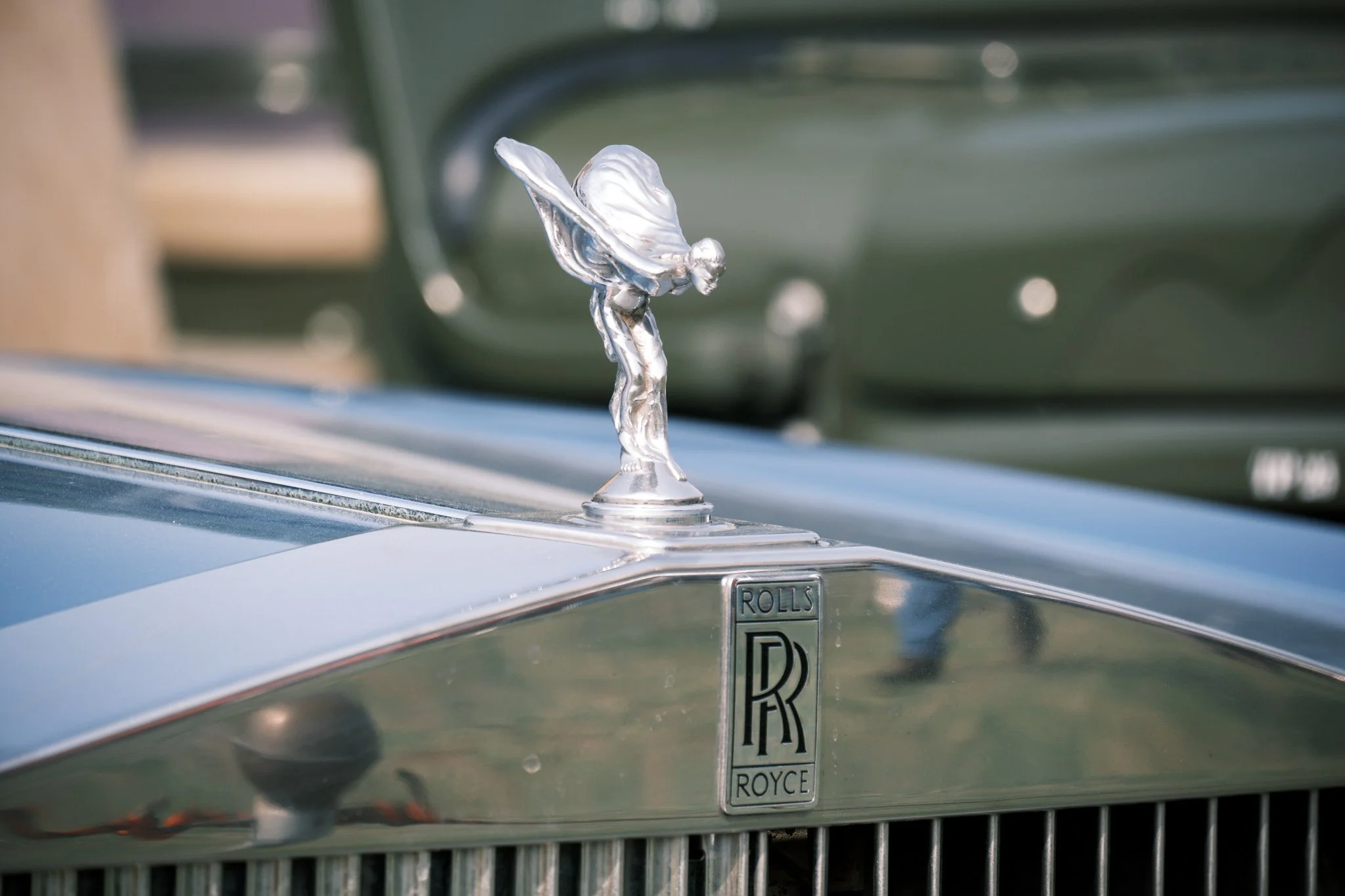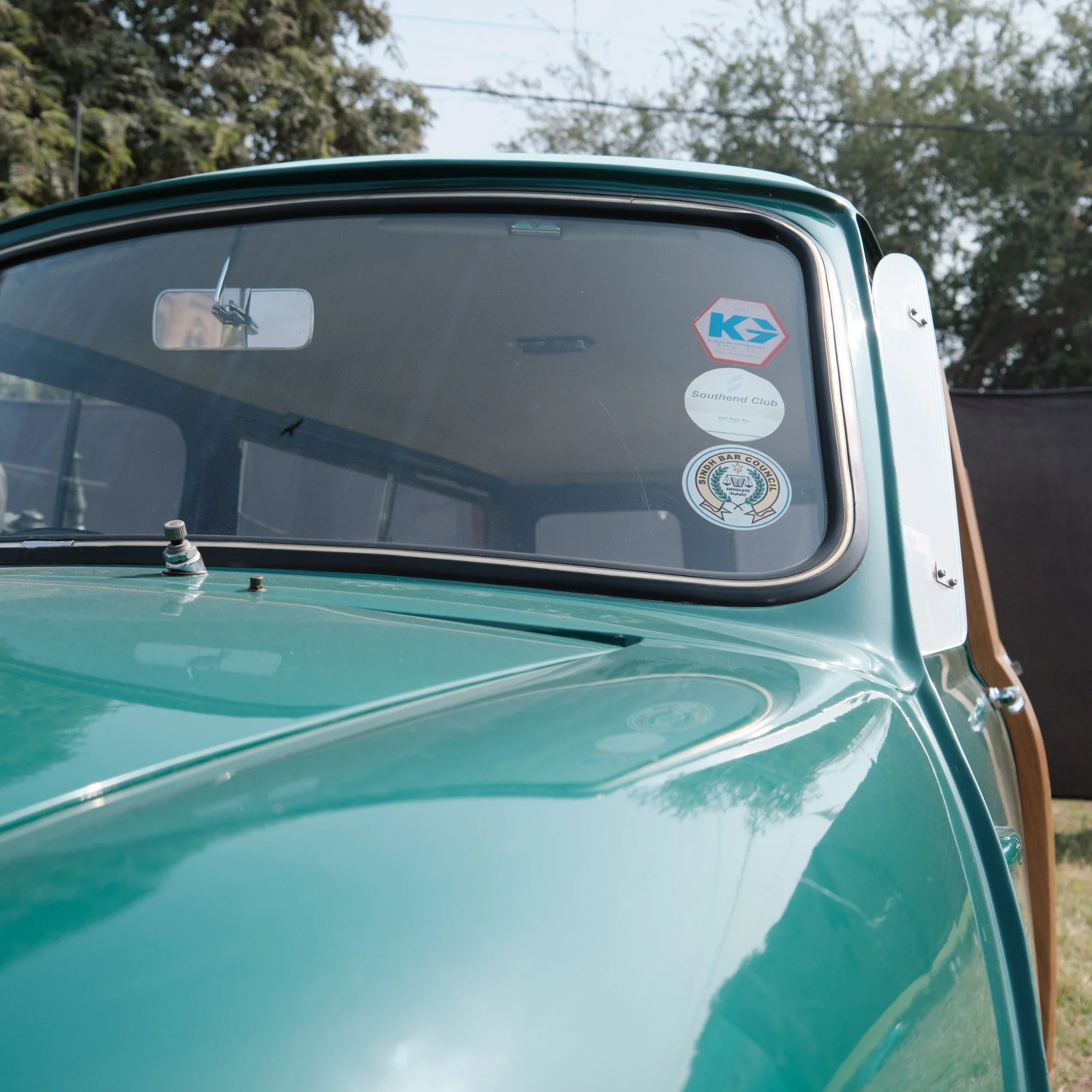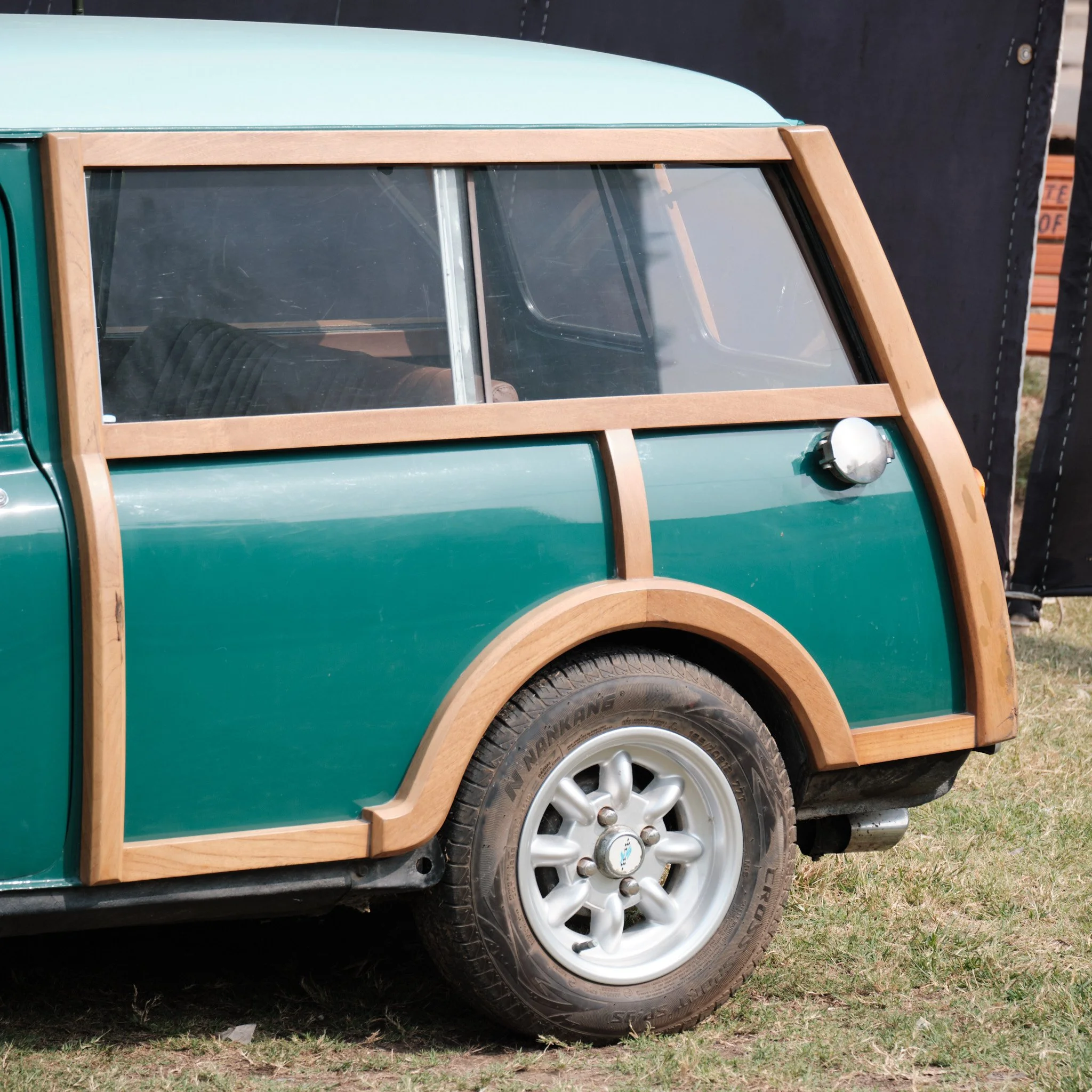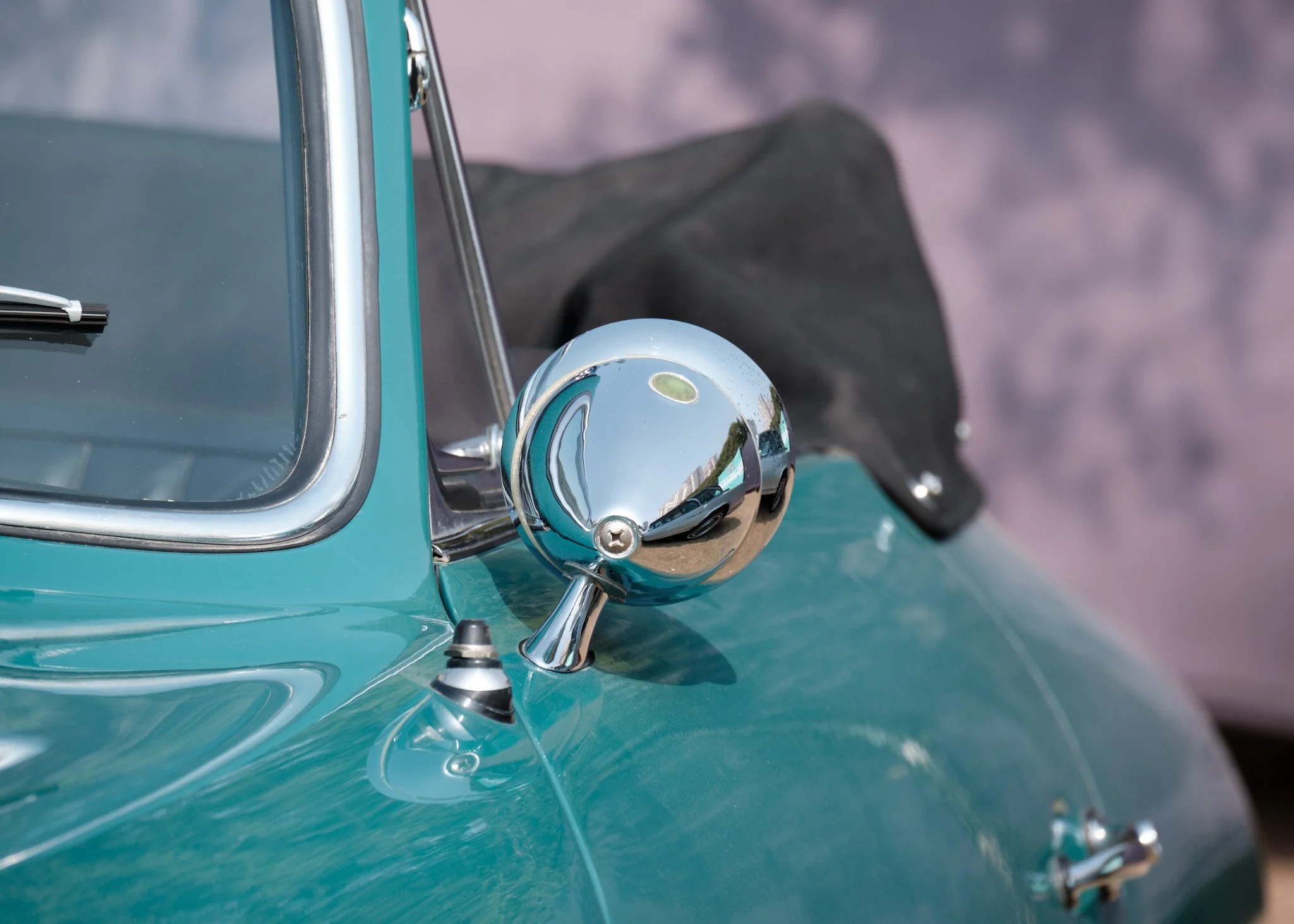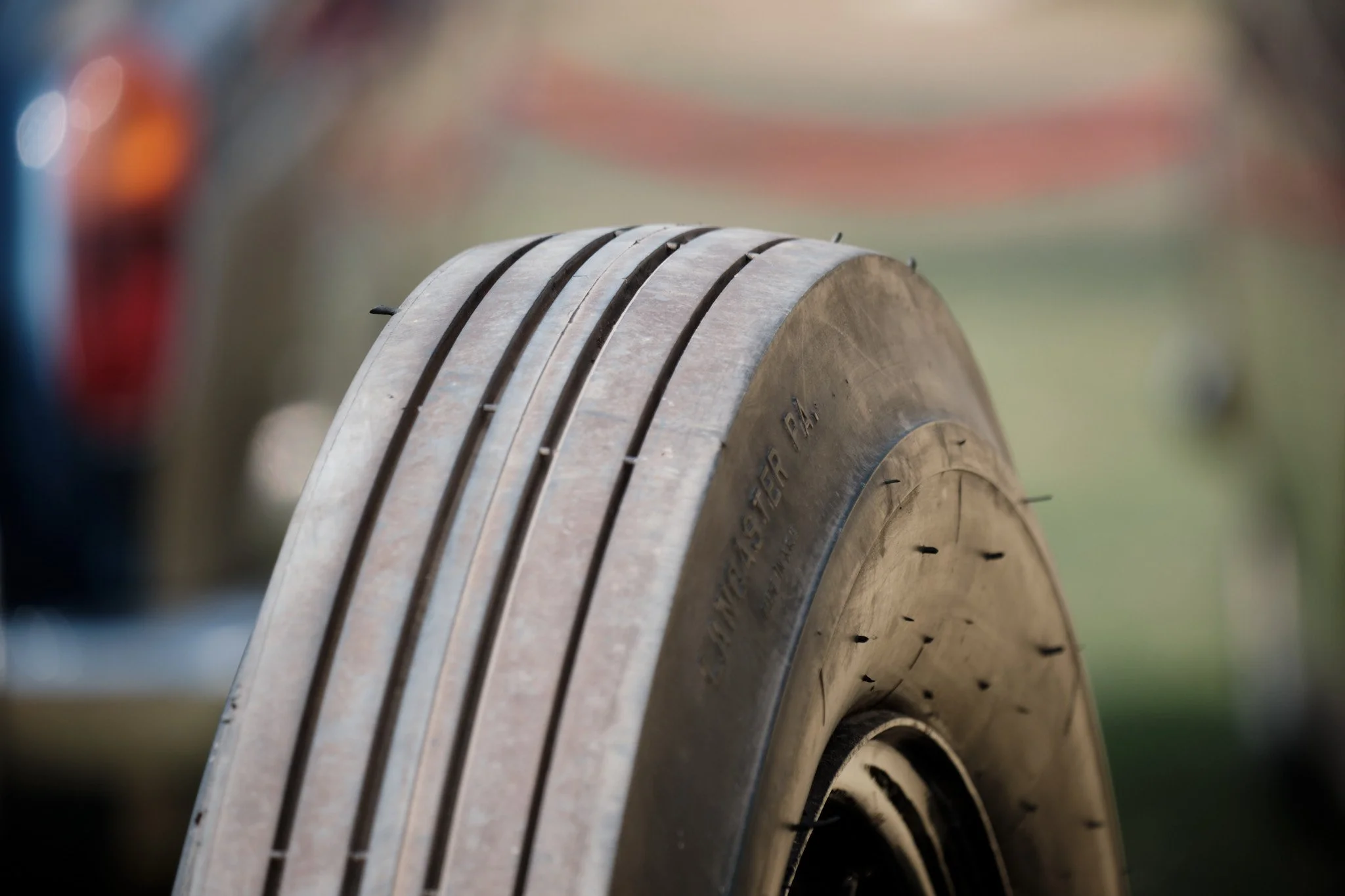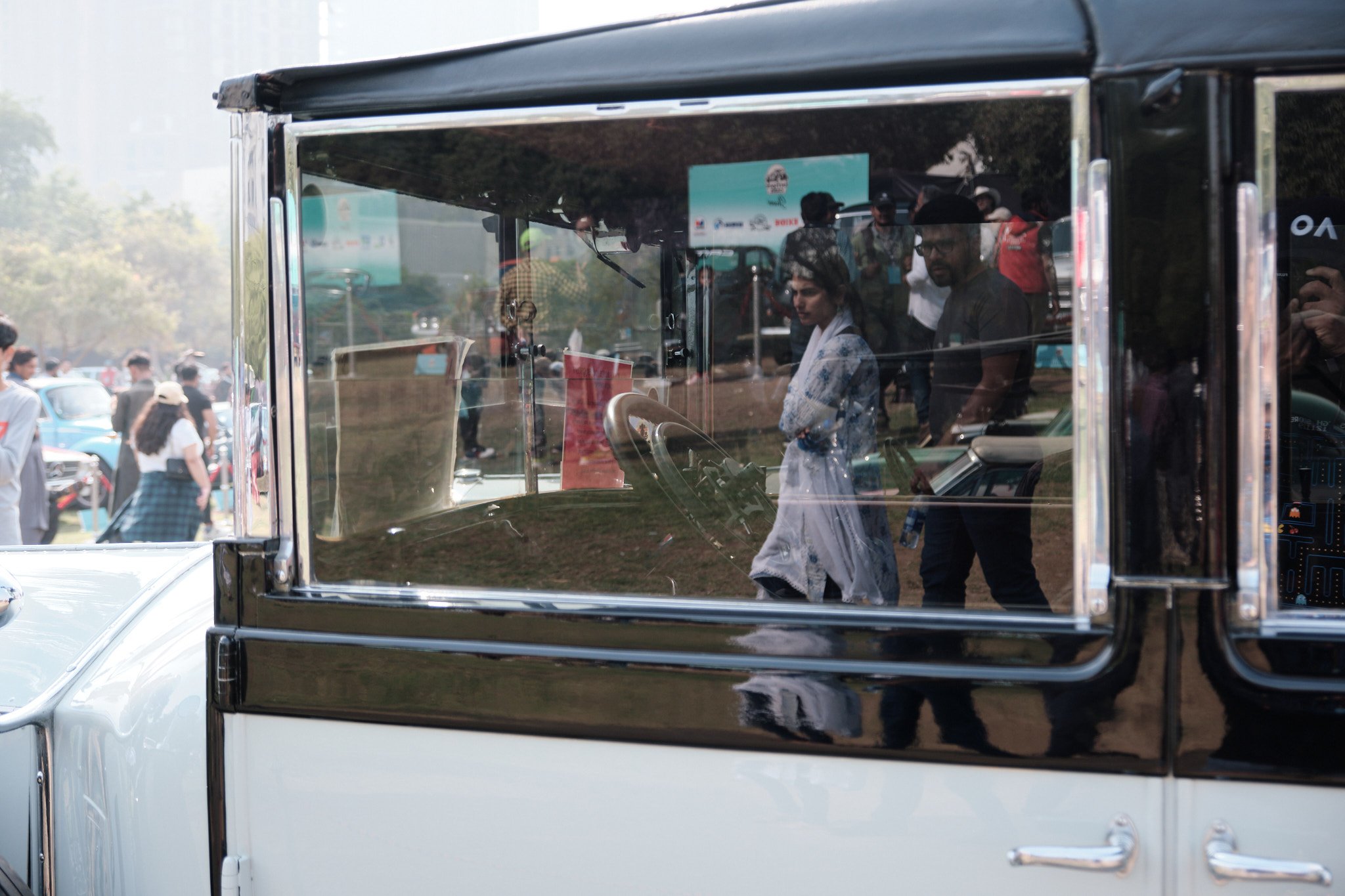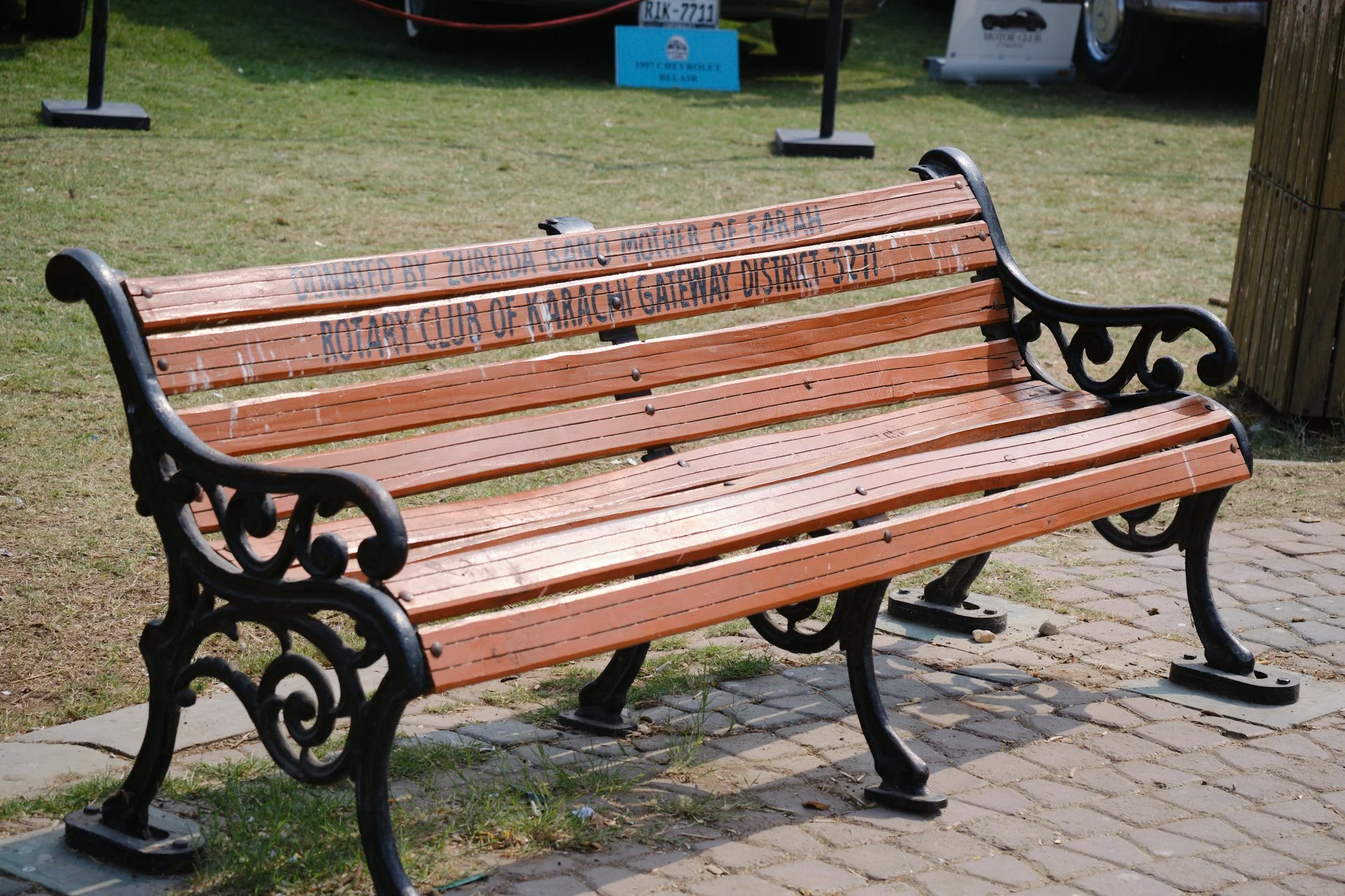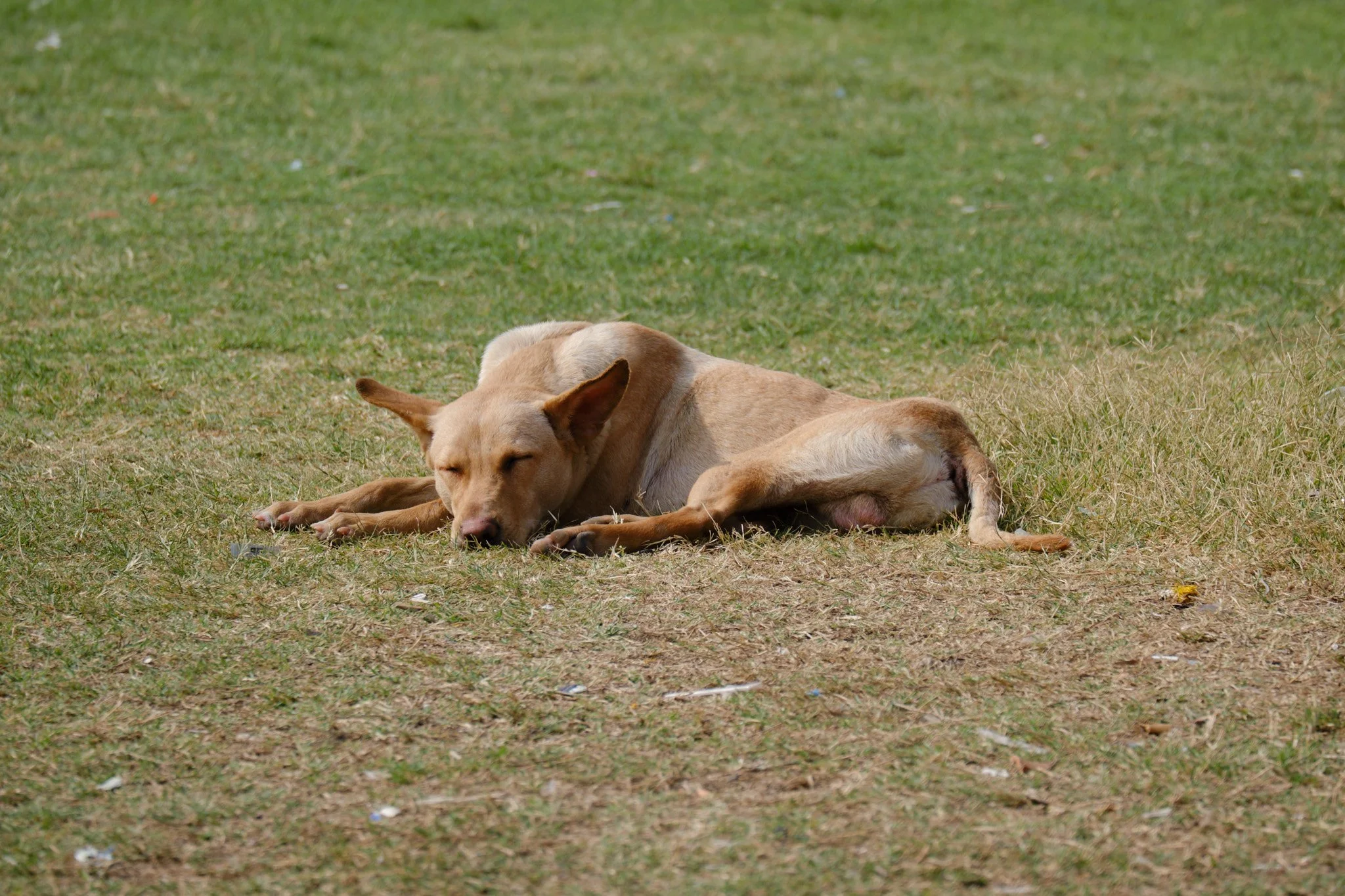UPDATE: My favourite typefaces (December 2024)
I’d compiled this list for myself and figured I might as well share it online, so…
It’s April 2024 and, out of the typefaces I currently have a licence for, these my favourites and the ones that I use most often.
Sans serif
A graphic titled ‘Sans serif’ with three columns of typefaces under the headings ‘used frequently’, ‘used infrequently’, and ‘used when needed’.
Used frequently in documents, presentations, and graphics: Whitney (Wikipedia), Whitney Narrow, Fact (MyFonts), Ideal Sans, Avenir Next LT (Microsoft, Wikipedia), Source Sans 3 (GitHub, Wikipedia)
Used infrequently for specific purposes (eg headings, graphics, presentations) and for specific applications (eg Verdana for email): Verdana (Microsoft, Wikipedia), Public Sans (GitHub, Wikipedia), Fira Sans (GitHub, Wikipedia), DIN Next (Wikipedia)
Used when needed for specific purposes (eg presentations, graphics): General Sans, Neue Haas Unica (Wikipedia), Neue Haas Grotesk (Microsoft, MyFonts, Wikipedia), Inter (Story, GitHub, Wikipedia), Jost* (Wikipedia), Cooper Hewitt, URW Dock, Libre Franklin (Wikipedia), Trade Gothic Next (Wikipedia), Gill Sans Nova (Microsoft, Wikipedia)
Serif
A graphic titled ‘Serif’ with three columns of typefaces under the headings ‘used frequently’, ‘used infrequently’, and ‘used when needed’.
Used frequently in documents, presentations, and graphics: Mercury, Source Serif 4 (Wikipedia, GitHub), Charter (ITC Charter), TT Jenevers (MyFonts), Stempel Garamond LT (Wikipedia)
Used infrequently for specific purposes (eg printed documents): Crimson Pro (GitHub), Vollkorn (Story), Sabon Next LT (Microsoft, Wikipedia)
Used when needed for specific purposes (eg presentations, graphics): Malabar, Alegreya, PT Astra Serif, Gentium Plus
Monospace, slab serif, reading, website
A graphic with four columns of typefaces under the headings ‘monospace’, ‘slab serif’, ‘reading’, and ‘website’.
Monospace used for coding (JetBrains Mono), note taking (Berkeley Mono), writing, and graphics: JetBrains Mono (GitHub), Berkeley Mono, Drafting* Mono, Fira Mono (GitHub, Wikipedia), Source Code Pro (GitHub), Cascadia Code (Wikipedia, Microsoft)
Slab serif used mostly for headings and graphics: Sentinel, Bitter (GitHub), Zilla Slab (Wikipedia, GitHub), Klinic Slab, Tisa Offc Serif (Microsoft, MyFonts)
Typefaces used for reading on devices (eg Bookerly on Kindle), websites (eg Whitney on NewsBlur), and apps (eg Vollkorn in Aquile Reader): Literata (Wikipedia, GitHub), Bookerly (Wikipedia), Whitney, Vollkorn (Story)
Typefaces used on websites (eg Chaparral and Myriad Condensed on this website): Chaparral, Myriad (Wikipedia), Myriad Condensed, Noto Serif (Wikipedia, Story, GitHub), Noto Sans (Wikipedia, Story, GitHub), Merriweather (GitHub), Oswald
Commentary
Don’t worry, I’m not going to explain why these are my favourite typefaces! That would be tedious and self indulgent of me. I just wanted to document this list somewhere.
I’m always on the lookout for more typefaces to explore and try, by the way. So what are your favourites? I’d love to know!














